Introduction In highly integrated automation systems, continuous and stable power supply is essential. The SA167 3BSE003390R1 power module launched by ABB is designed to meet the complex needs of industrial control systems. With high performance, rugged structure and reliable output capacity, this power supply unit provides stable power supply for key equipment and ensures the continuity and stability of production processes. Industrial-grade power supply stability and high efficiency performance The core advantage of SA167 is that it can continuously output a stable 24V DC voltage under various input fluctuations. The device supports a wide range of AC input voltage, effectively preventing output instability caused by grid fluctuations, and providing an ideal power supply environment for precision automation equipment. Its high conversion efficiency not only reduces energy loss and heat generation, but also extends the service life of the equipment and reduces the operating cost of the system. The low electromagnetic interference (EMI) characteristics ensure that the equipment does not interfere with the operation of other key components, including PLCs, I/O modules and field instruments, while complying with industrial standards. In addition, the excellent load regulation performance and short-circuit protection design enable SA167 to effectively prevent equipment damage caused by voltage mutation and current shock, providing solid protection for application environments with extremely high stability requirements. Rugged and durable, suitable for harsh working conditions ABB has equipped SA167 with a highly durable housing and an efficient thermal management system, enabling it to cope with harsh environmental conditions such as large temperature fluctuations, strong vibrations, and high humidity. The passive cooling mechanism without fans avoids wear on mechanical parts and improves equipment stability and quiet operation. Whether in indoor control cabinets or outdoor process sites, the power module can operate stably, and its wide operating temperature range makes it suitable for a variety of industrial scenarios. The compact structure and DIN rail compatibility ensure that it can be quickly integrated into new or existing control systems. The clear terminal layout and intuitive status indicator light enable technicians to quickly complete installation, commissioning and maintenance operations, greatly improving system deployment efficiency. Adapt to DCS system to achieve intelligent power supply A major advantage of ABB SA167 is that it can be seamlessly connected to distributed control systems (DCS) including 800xA. In these systems, the power module must not only provide stable output, but also support modular structure and system-level diagnostic functions. SA167 can continuously power core subsystems such as controllers, communication modules and field instruments to ensure the operational stability of the entire fac...
Read More
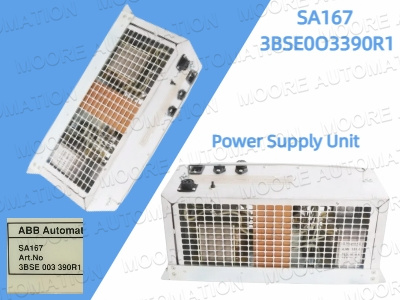



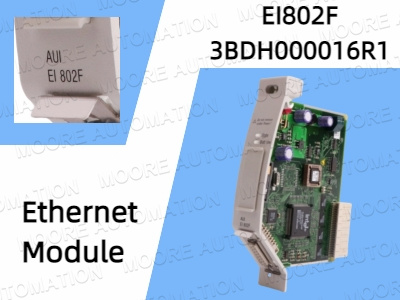
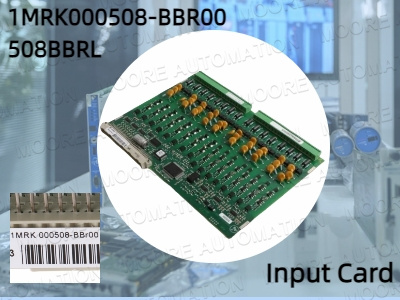
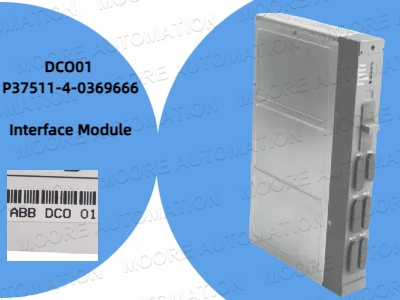
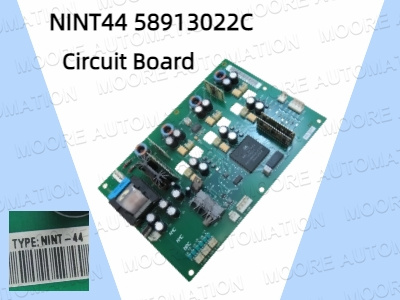
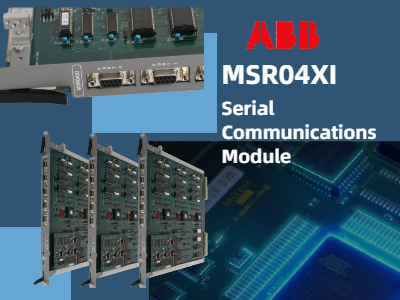















 IPv6 network supported
IPv6 network supported